Breathe Easy: Choosing Non-Toxic Paints and Finishes
Decode VOCs, Labels, and What They Mean for Your Home
Volatile organic compounds evaporate into indoor air, sometimes for months after paint dries. Choosing low- or zero-VOC formulas, plus low-odor tints, reduces headaches, wheezing, and that lingering “new paint” smell many people quietly tolerate.
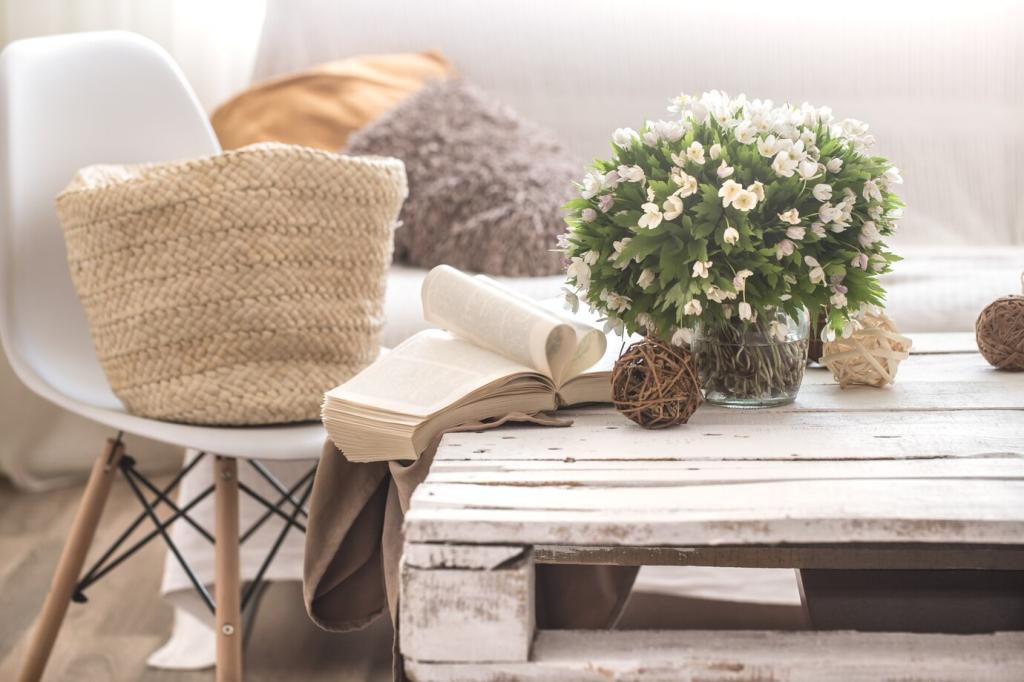
Natural and Low-Toxic Options That Truly Perform
Casein-based milk paint, clay paint, and limewash create matte, breathable finishes with gentle texture. They shine on plaster or drywall, resist mildew when properly sealed, and lend a calming depth that harsh synthetic sheens rarely replicate.
Polymerized linseed, tung oil, and beeswax-based finishes can protect floors and furniture without heavy fumes. Apply thin coats, wipe excess, and allow generous cure times. You’ll feel the grain, not a plastic film, under your fingertips.
Modern waterborne enamels and urethanes offer durability with dramatically lower odor. Seek low-VOC, isocyanate-free options. Pair them with low-VOC primers and tints to keep the entire system healthy, consistent, and easier on sensitive noses.
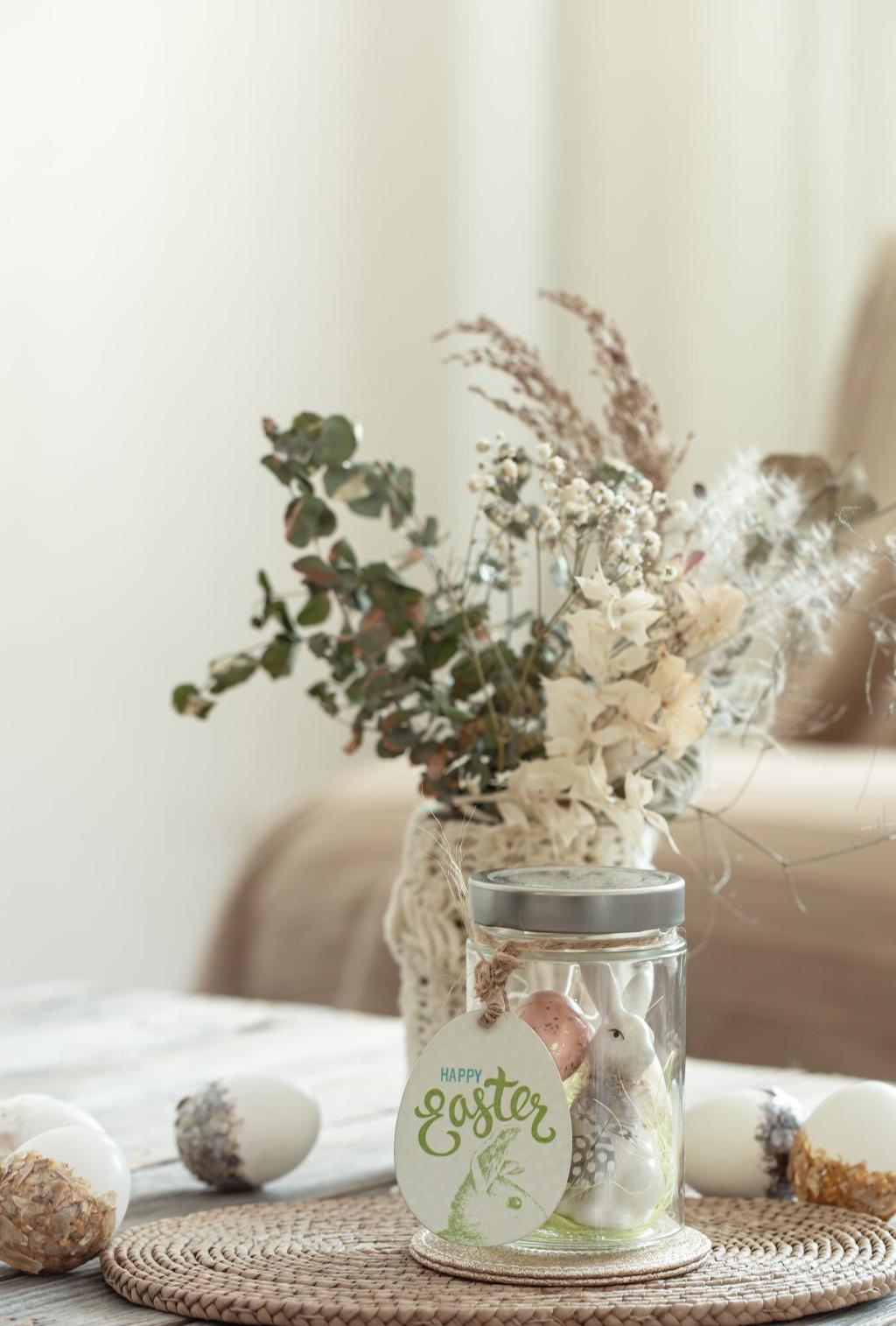
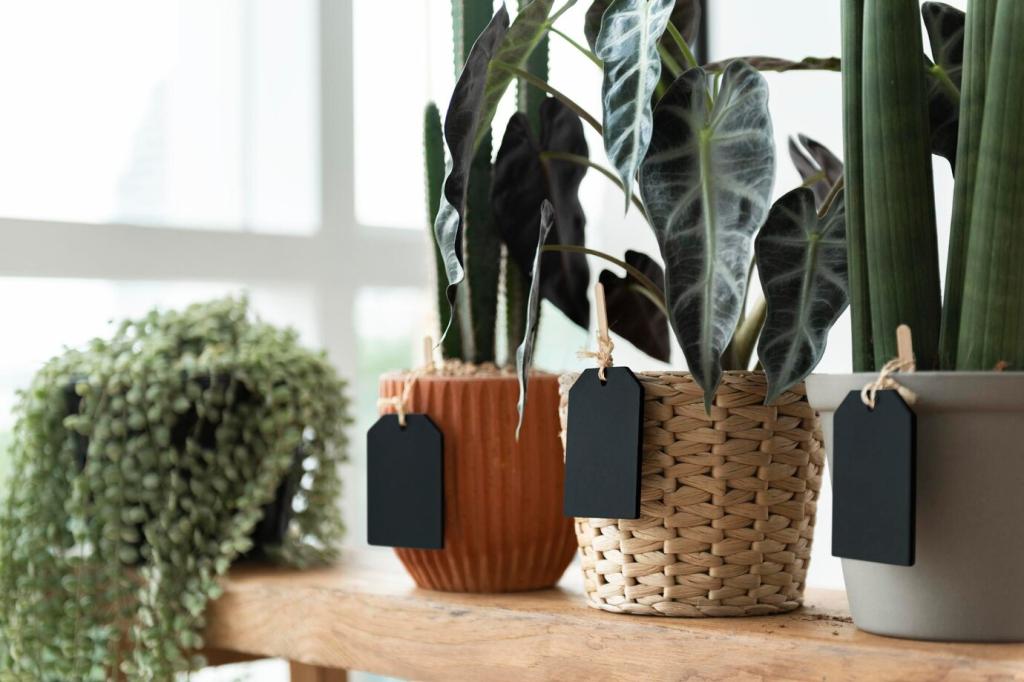
Color, Texture, and Light—All Through a Healthier Lens
Favor brands that disclose pigment choices and avoid heavy-metal hazards. Deep, complex hues are achievable with safer blends, especially when you test in daylight and evening light. Share your favorite low-tox color stories and inspire future palettes.
Color, Texture, and Light—All Through a Healthier Lens
Clay and lime finishes diffuse glare and soften shadows, creating rooms that feel grounded. Sample boards help you compare subtle textures. Tell us which tactile finish calms your mind, and subscribe for upcoming texture-by-room guides.
Clean Smart, Skip Harsh Solvents
Use fragrance-free degreasers or mild soap and water. Rinse thoroughly and let surfaces dry fully. Avoid ammonia and strong solvents that can linger. Comment with your go-to gentle cleaners, and we’ll test reader favorites in a future post.
Primers with Purpose—and Fewer Fumes
Choose zero- or low-VOC primers designed for stain blocking when needed. For tricky substrates, ask manufacturers about low-odor solutions. Share what you’re priming—wood, plaster, tile—and we can suggest healthier primer strategies for your project.
Patch Tests That Save Time and Lungs
Roll two small test squares in a ventilated area, then close the door for an hour. Re-enter and note odor, dry time, and coverage. Your observations guide safer choices—tell us your results so others can benefit.
Application Techniques for a Cleaner, Calmer Project
Choose Tools That Minimize Mist and Waste
High-quality rollers and brushes release fewer particles than spraying, especially indoors. Work with a wet edge to avoid over-rolling. Post your favorite low-shed roller brands, and we’ll compile a reader-approved toolkit for non-toxic painting.
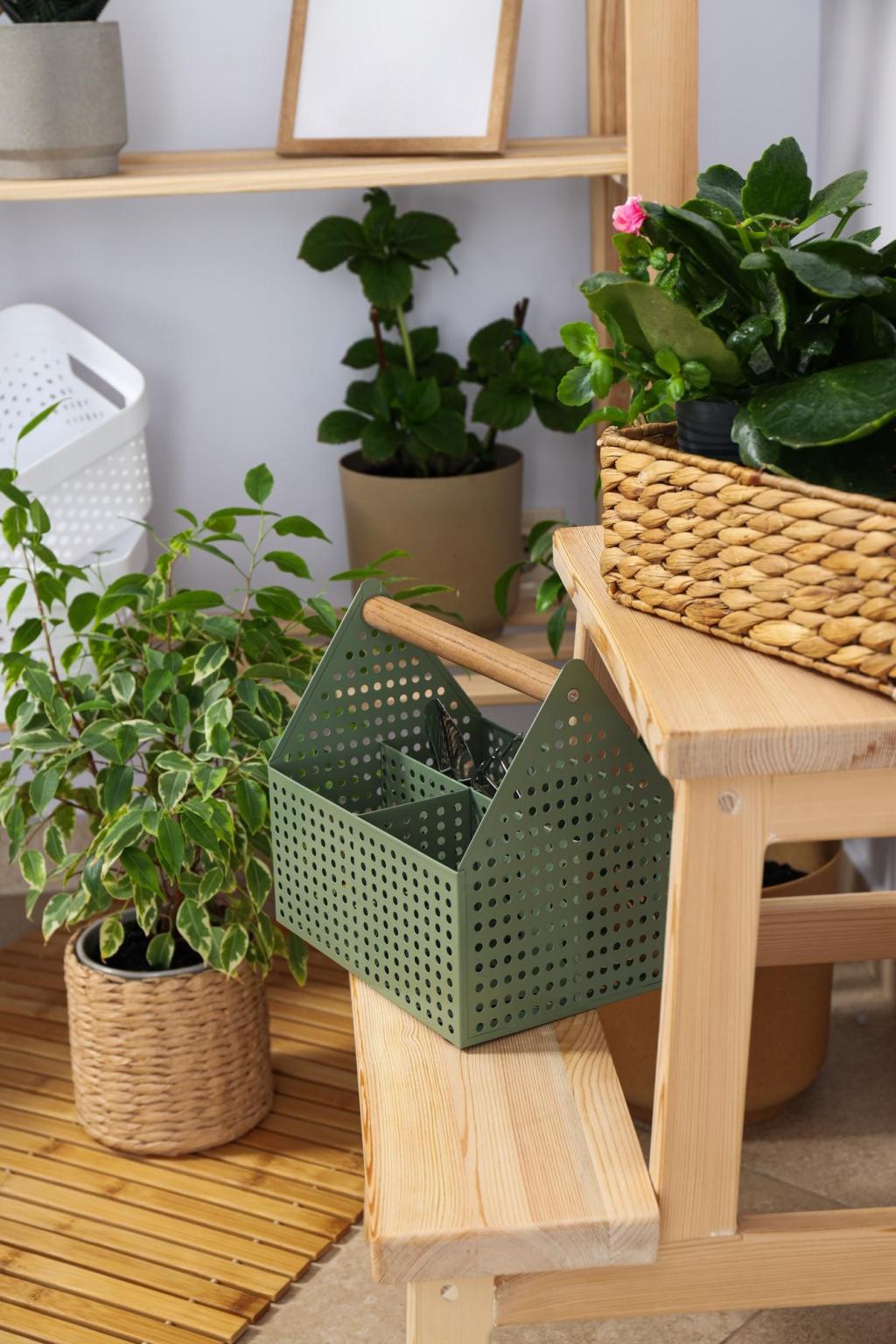
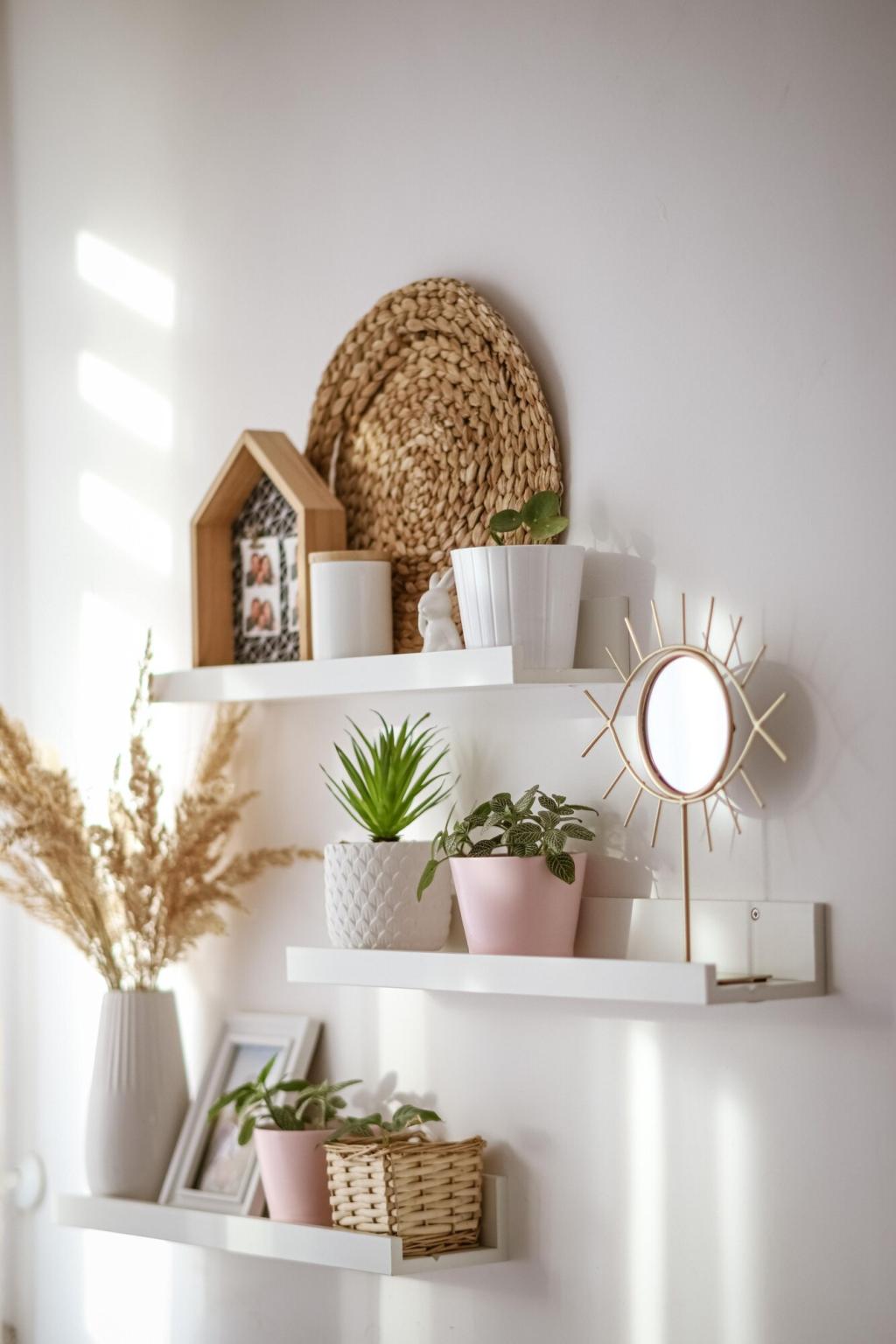
Ventilation That Actually Works
Create cross-breezes with fans facing outward, not inward. Seal off adjacent rooms with plastic and painter’s tape. Activated charcoal or HEPA filtration helps, but ventilation is king. Share your setup photos and ventilation wins in the comments.
Real Stories: Why Healthier Paint Choices Matter
Two months before their due date, Maya and Luis switched to zero-VOC paint and milk-painted a crib. The difference was immediate: fewer headaches, better sleep, and a space that smelled like fresh air, not chemicals.
Budget, Sourcing, and Staying Informed Without Overwhelm
Accurate coverage estimates, proper primers, and careful prep often reduce total coats. That means fewer cans and less time in fumes. Comment with your room dimensions, and we’ll help you calculate materials for smarter, healthier planning.
Budget, Sourcing, and Staying Informed Without Overwhelm
Ask retailers for certified low-VOC tints and clear ingredient lists. Local shops often carry specialized, healthier lines. Share your city below, and our community will crowdsource reliable stores for non-toxic paints and finishes.
Budget, Sourcing, and Staying Informed Without Overwhelm
Subscribe for monthly checklists, ingredient spotlights, and case studies. Tell us which rooms you’re tackling next, and we’ll tailor upcoming guides to your projects. Your questions steer our research and make this resource genuinely useful.
Join our mailing list
